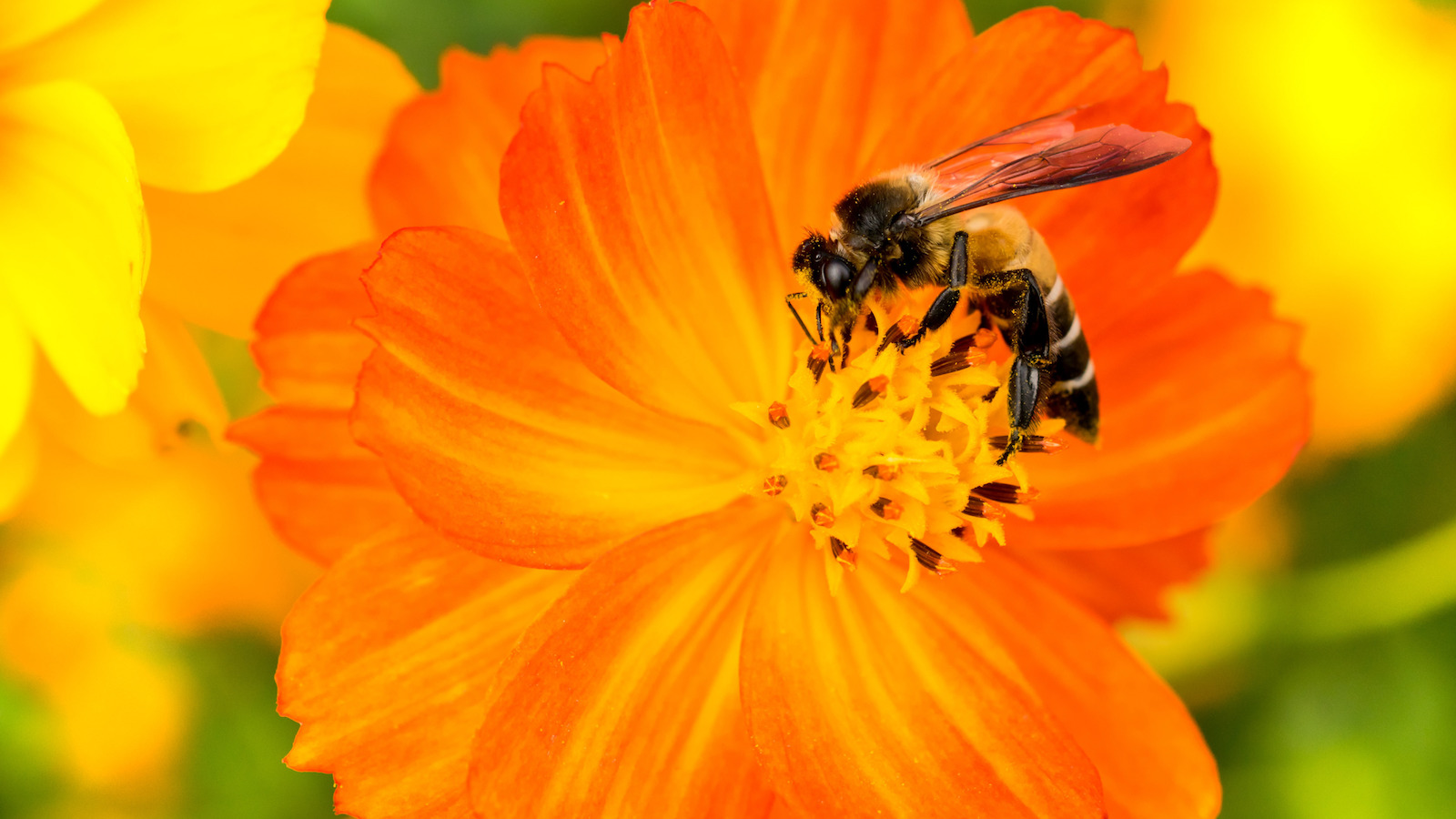
Tell the governor: Sign AB 2146 to help save California’s bees
Neonicotinoid pesticides place California's bees and pollinators at risk. The Pollinator Protection Act is an important step to securing their protection from these toxic pesticides.
Take Action
State Director, Environment California
Acting Director of the Natural Resources Defense Council’s (NRDC) Pollinator Initiative
The world’s insect populations—from bees to butterflies to beetles—are in dramatic decline. The dire situation has even been called a “second Silent Spring,” a reference to Rachel Carson’s seminal book that warned of a future world where DDT and other toxic pesticides poisoned our bodies and environment, muting bird and insect song forever. The book—which turns 60 later this month—spawned a movement that reined in the most harmful pesticides of the time.
Today, action is needed again. A new toxic class of chemicals called neonicotinoids, or “neonics,” is contaminating our environment, decimating ecosystems and posing health risks to Californians themselves. Fortunately, a bill currently awaiting Gov. Gavin Newsom’s signature can give bees and birds a fighting chance—while protecting California’s children from these neurotoxins.
Neonics are uniquely threatening to bees and other wildlife. To start, they are extraordinarily potent: Just one square foot of lawn treated with a neonic at approved rates can contain enough of the chemicals to kill over a million bees—making them more than 7,000 times more bee-toxic than DDT.
Neonics also extensively contaminate California’s ecosystems. Used on lawns, gardens, and agricultural fields across the state, these chemicals remain in the environment for years, and are carried long distances in rainwater polluting far-off soil, water, and plants. Recent water testing by the state Department of Pesticide Regulation finds neonics in 93% of surface water samples in urban areas of Southern California, and 67% of similar samples in Northern California.
It is no surprise, then, that extensive research identifies neonics as a leading cause of the mass declines in bee populations, documented since the mid-2000s. Aside from killing bees outright, at even miniscule levels (e.g., billionths of a gram), neonics impair bees’ flight ability, brain development, reproduction, and ability to fight off lethal parasites like varroa mites—critically weakening them and endangering their survival. For example, a recent UC Davis study found that just a single neonic exposure can harm bees’ ability to reproduce for multiple generations.
These bee losses harm California farmers. California’s pollinator-dependent fruits and vegetables feed millions, and are worth upwards of $11 billion annually. Concerningly, research shows that many of these crops, such as blueberries, are pollinator-limited nationwide, meaning that a lack of pollinators is already reducing production.
But neonics’ harms extend well beyond bees. The pesticides are also linked to mass losses of birds and fish, birth defects in deer, and serious risks to people. CDC monitoring finds neonics in the bodies of about half the U.S. population, with more recent testing led by University of California scientists reporting the chemicals in more than 90% of 171 pregnant women tested in California and five other states. Earlier this year, California health experts raised alarms about neonics’ links to autism-like symptoms in children and birth defects of the developing heart and brain.
California can stop the slide toward a new silent spring. The Pollinator Protection Act (AB 2146), by Assemblymember Rebecca Bauer-Kahan, would prohibit non-agricultural uses of neonics on lawns and gardens—where the chemicals can be applied at over 25 times the rates used in agriculture. The bill does not eliminate neonic use in the state, focusing instead on eliminating needless or easily replaceable uses closest to most of the state’s residents, while exempting treatments against invasive species and leaving farmers with the option of using the chemicals to combat the worst pests.
Gov. Newsom should sign the Pollinator Protection Act into law before the deadline is up at the end of September because bees deserve a fighting chance of buzzing their way into more springs to come.
Laura directs Environment California's work to tackle global warming, protect the ocean and fight for clean air, clean water, open spaces and a livable planet. Laura stepped into the State Director role in January, 2021 and has been on staff for over twenty years. She has led campaigns to make sure California goes big on offshore wind and to get lead out of school drinking water. As the Environment California Field Director, she worked to get California to go solar, ban single use plastic grocery bags and get on track for 100% clean energy. Laura lives with her family in Richmond, California where she enjoys hiking, yoga and baking.
Acting Director of the Natural Resources Defense Council’s (NRDC) Pollinator Initiative
Daniel Raichel is the Acting Director of the Natural Resources Defense Council’s (NRDC) Pollinator Initiative, focusing on protecting our nation’s bee populations from the ever-growing threats to their health and existence—in particular, the use of bee-toxic pesticides.
